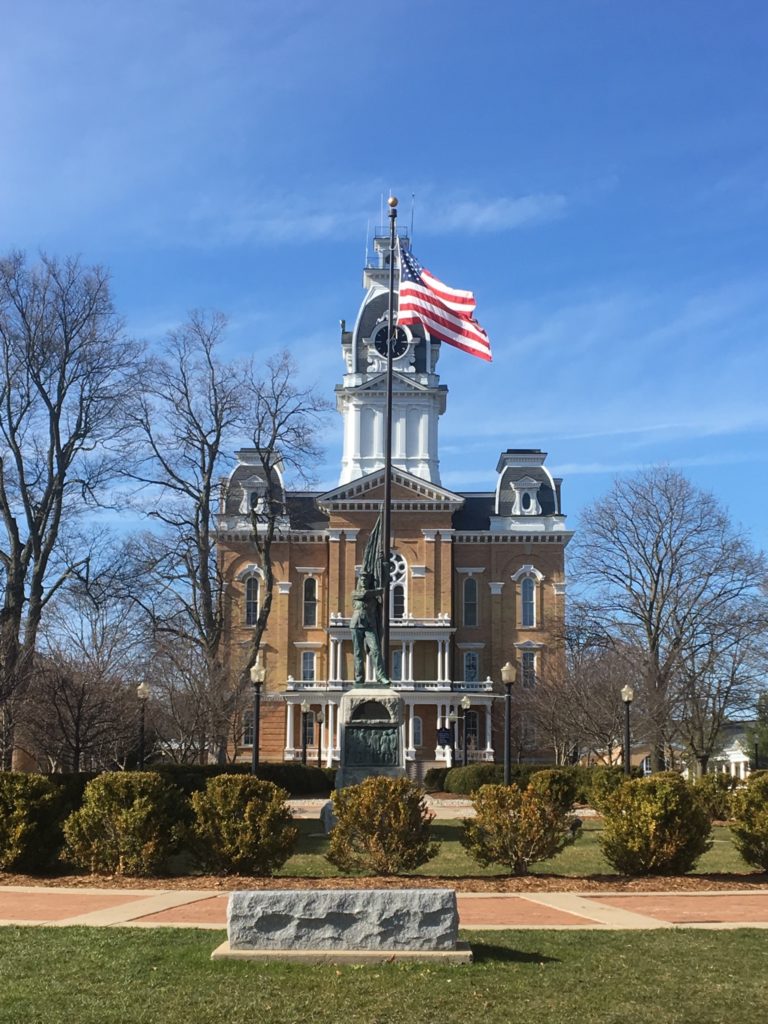
“What we call philosophy of mind has to do with a set of issues that have been with us since the start of the enlightenment,” Professor of Philosophy Jim Stephens said. “When René Descartes said, ‘I think therefore I am,’ it contained a whole new way of looking at the mind.”
This semester, Stephens teaches a course called Philosophy of Mind alongside Visiting Lecturer of Biology Angelica Pytel. The class, resurrected after they taught it two years ago, seeks to integrate neuroscience and cognitive science with modern philosophy as it relates to the mind.
“How do two things, that are supposed to be as different as Descartes says they are, interact causally?” Stephens said. According to him, Descartes never offered an adequate answer. “To phrase it in another way: how could a human mind exist in a physical universe? That’s philosophy of mind.”
Pytel brings a scientific perspective to the course through her experience and fascination with neuroscience.
“We talk about philosophy here, and we talk about science there,” she said. “But really, it’s seamless. They naturally go together. Anything Dr. Stephens would say about a philosophical theory of mind, like type-identity theory, I’m going to have a perspective on that and how we would think about that idea in the field of neuroscience.”
A new field relative to philosophy, neuroscience engages in the study of the brain, nervous system, and its connection to learning, perception, and behavior. Fundamentally, neuroscience attempts to answer questions about how biology relates to the phenomenon known as consciousness.
“A lot of these theories of mind are older than neuroscience. There are absolutely merits to aspects of Aristotle, Descartes, and Plato,” Pytel said, pointing to one of Aristotle’s works. “We’re on the pursuit of understanding how consciousness happens, the neurological or brain mechanisms involved in the building of consciousness.”
Pytel thinks the problem of mind will soon be handed off from philosophers to neuroscientists. “It’s no longer the mystery, the ineffable thing, that a lot of philosophers thought it was even 50 years ago.”
Both Pytel and Stephens think that Philosophy of Mind fits right in with Hillsdale’s larger goal of developing balanced pupils, well-versed in all aspects of the liberal arts; however, while the topics taught in the core are far-reaching and diverse, they thought that interfacing different facets of the liberal arts education into a cohesive class, like Philosophy of Mind, could begin to harmonize topics that students still see as separate.
“Professor Pytel and I, and a lot of others, think that what we’re doing is kind of putting some flesh on the bones of claims about the Hillsdale core,” Stephens said. “If the disciplines are there for a reason, if they’re not simply tossed in, then the disciplines in the core ought to be able to interact with one another to give us a kind of integrated picture.”
To Pytel, Philosophy of Mind aims to break down the perceived barriers between science and the humanities.
“There’s this wall that’s built up. Science is other. They do something we do not do,” Pytel explained. “That’s the beauty of this course: science has a lot to contribute to a person’s wonder about this world… You know more about yourself if you know how you think, not just what you think.”
Currently, six students are enrolled in Philosophy of Mind. Julia Hoyda ‘18, who took the class as a junior, said she really enjoyed it.
“The course largely revolved around the history of philosophy of mind,” Hoyda said. “Going through previous schools of thought about consciousness and how, as we learned more about the brain, those ideas evolved.”
The class also grapples with man’s conception of self and how it relates to artificial intelligence.
“We discussed how we recognize consciousness in others and what the parameters for that are. It was also really interesting to see how humans have thought about them ‘selves’ over time and looking at what it means to be human from a neurological and psychological perspective,” Hoyda said. “And that’s how it really fits in to the liberal arts: understanding what it means to be human, distinguishing us by our minds, and learning about how we think.”

